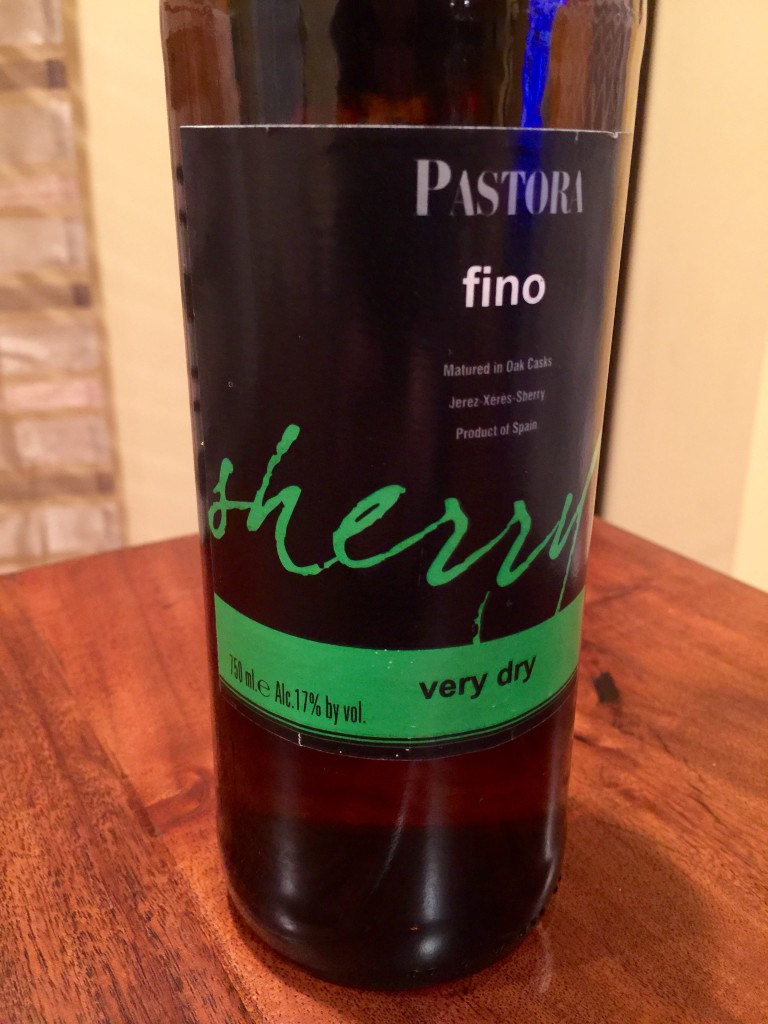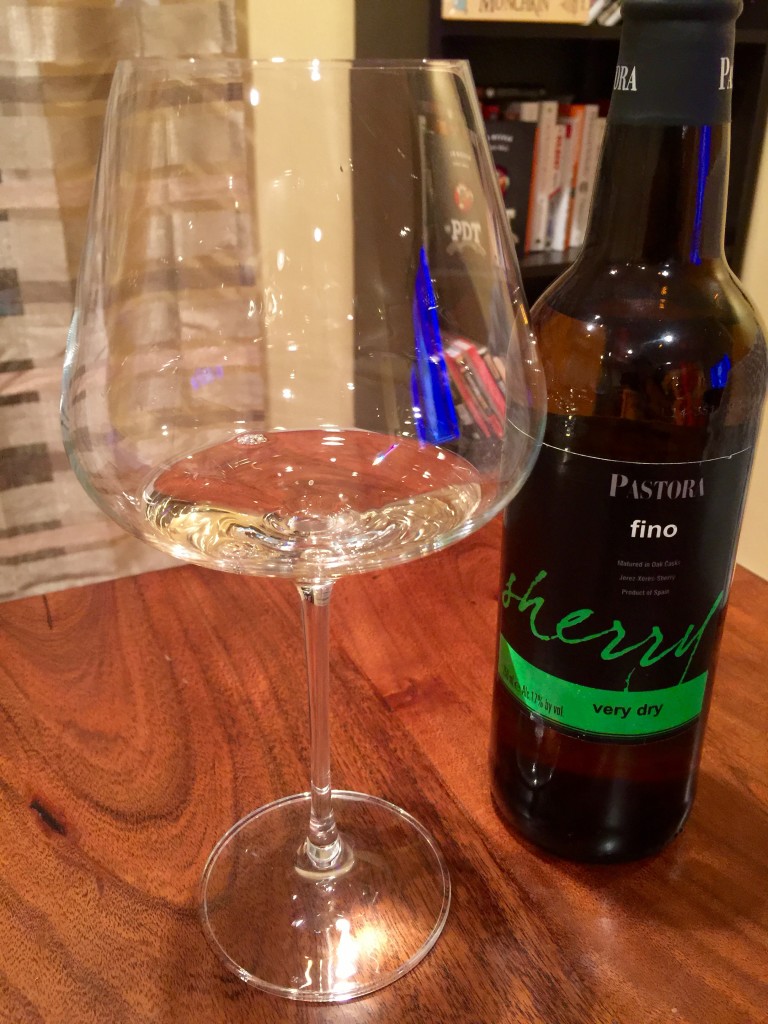If there is a wine as confusing as Vermouth, it might be Sherry. While Sherry has a plethora of styles ranging from dry to sweet, what really makes Sherry confusing is the method by which it is produced, and how that impacts the style.
Sherry is made in the Solera method. No, not the early 2000’s Toyota, rather, the Solera method is a method of aging multiple vintages. When in a Solera, wine is placed in tiers, where the youngest wine is at the top of scale, the oldest wine is placed at the bottom and removed in small portions for finished bottles. By this blending method, multiple vintages of wine are combined so that the wine is consistent.
Another way to think of a tic – tac – toe grid (normally this more of a pyramid, but the process is the same). Imagine you have barrels in all the boxes. Each barrel has sherry in it.
- The bottom barrels are the oldest sherry. The top are the newest.
- Each bottle of sherry pulls some sherry from each level of barrels
- At a regular interval, the sherry from the higher barrels will be used to replace the taken sherry and sherry lost to evaporation. (Typically yearly, but it is a continuous interval)
- This means that determining the exact vintage of a sherry is impossible, but that quality can be maintained and ensured.
With that said, here’s the breakdown for the types of sherry:
- Fino & Manzanilla – The lightest flavors, with typically more fruit and salinity. These are occasionally served with tapas.
- Amontillado – Made famous by Edgar Allen Poe, bolder and more nutty than Fino or Manzanilla
- Oloroso – More oxidatively aged, than aged, it gets darker and nuttier with more sweetness.
- Pedro Ximenez (PX) – Fig, caramel, dates join with some of the nuttier flavors in a full on sweet experience
- Sweetened Sherry – For example, Cream Sherry, which is typically is somewhere between PX and Olosoro.
Sticking with the dry character of the last two vermouth from Dolin and Martini, we’ll start with Fino. This light, nutty, and sometimes slightly salinity laced wine can take the place of vermouth in a martini, adding a warmth and nuttiness. Keeping it on the cheap, how does Pastora Fino Sherry fare as an on it’s own wine?
Sight: A pale gold color, almost exactly like hay.
Smell: The nose is a strong mix of almonds and yeast, but there are floral hints, elements of citrus zest, and hints of stone fruit. The predominately warm nature of the nutty aromas sets the tone.
Sip: The mouthfeel is full thanks to the alcohol, and has very little sweetness. Despite this, the wine has a very lively character, and carries it’s yeasty – almond based notes well. A hint of lemon pith is present in the background.
Savor: The finish is very nutty, with plenty of almonds coming to the forefront. Little hints of flowers peak in and out in a moderate length finish.
Nuts, nuts, and more nuts are the primary driver for Pastora Fino Sherry. What it does simply, it also does well. That said, it’s warm and bright, which compliment many liquors and cocktail ingredients well. Either way, Pastora Fino is rather tasty and easy going, and worth a try if you’re looking for a cheap fino.
Verdict: Almond, Yeast, Pithy, Full-Bodied
Rating: 74
Price: $7
Jerez, Spain


